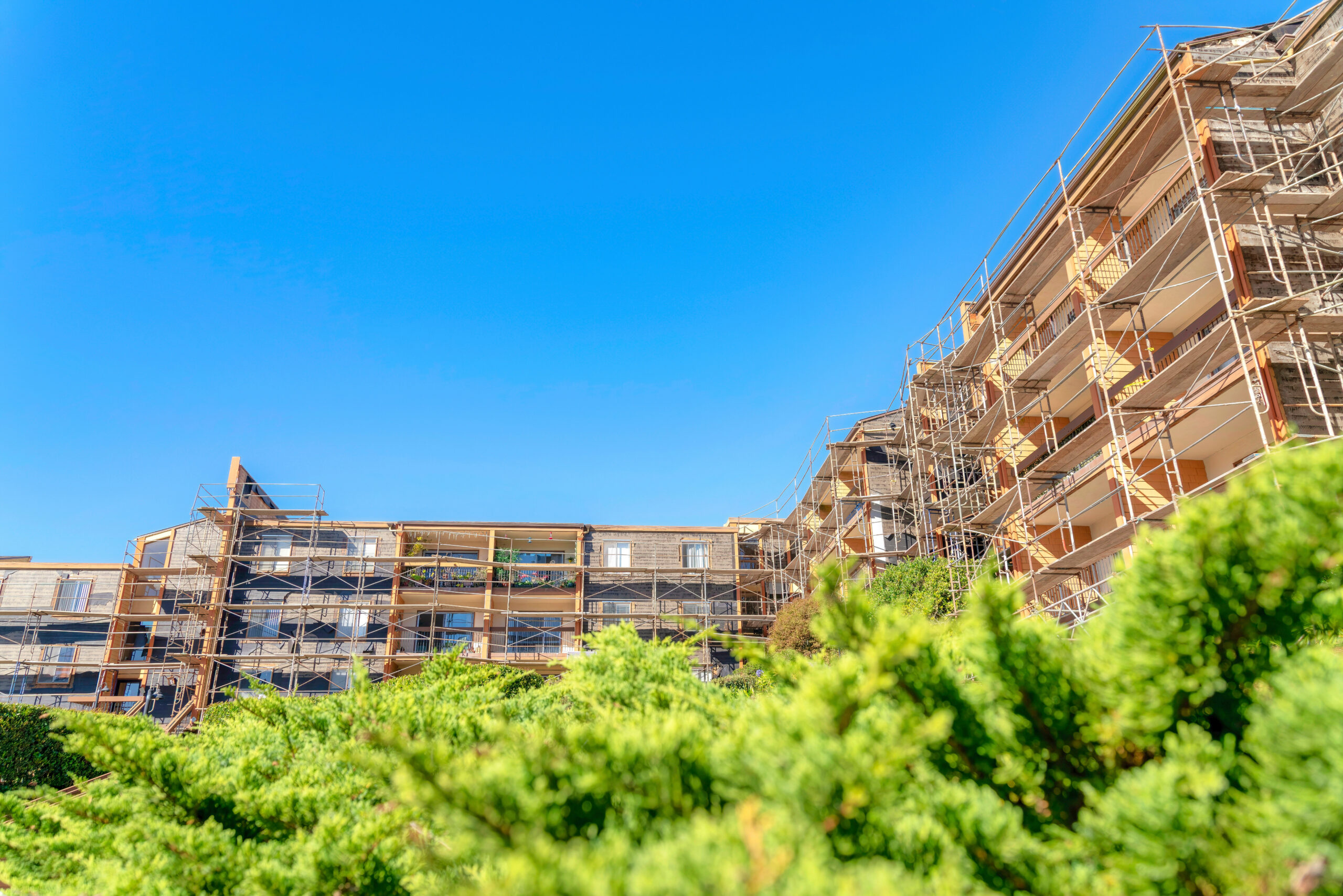San Francisco’s Housing Element Update (“Update”) has been in the works since mid-2020, and the City is sprinting to adopt it before a January 2023 deadline that could open the door to Builder’s Remedy Projects and eventually a loss of state funding for affordable housing and transportation. (See Exhibit D to the Planning Department’s Update Initiation Memo).
The Update’s primary focus is to spur residential construction to meet the state-mandated RHNA target of 82,000 new homes over eight years and to shift more housing development – especially affordable housing – to transit corridors on the westside.
However, through “conforming amendments” to other elements of the City’s General Plan, the City sets the stage for new restrictions on the conversion or displacement of existing Production, Distribution, and Repair (“PDR”) or Industrial uses. It also targets large institutions – one of the sectors where in-person activity tends to be higher in the era of hybrid work – for new development impact fees.
Two of these amendments are shown below. For each item, text from the existing General Plan is shown in plain text; proposed additions to the General Plan are underlined.
Air Quality Element:
Policy 3.3: Continue existing city policies that require housing development in conjunction with office development and expand this requirement to other types of commercial and large institutional developments.
The intent is to require large institutional employers that aren’t currently subject to the City’s Jobs-Housing Linkage Fee to conduct an analysis of the housing demand of their employees and then show how they will meet that demand in their Institutional Master Plans (“IMP”). It could also pave the path for extending the JHLF to large non-institutional uses that are not currently subject to it (hospitals/schools/etc.).
In a bit of revisionist history, the Planning Department notes that the “IMP” caused colleges to realize the housing needs of their students and credit that as causing many private non-profit colleges to build student housing. In fact, IMPs had nothing to do with colleges building housing. The need was obvious; in reality inclusionary housing requirements were too expensive for them to shoulder. It was only when the City exempted student housing from inclusionary requirements that several private schools embarked on ambitious housing construction programs. Non-profit colleges and healthcare providers will find it difficult to grow in San Francisco if the Jobs-Housing Linkage Fee – currently ranging from $26 – $76 per square foot for other uses – is extended to them.
Commerce & Industry Element:
Policy 4.5: Control encroachment of incompatible land uses on viable industrial activity. Production, Distribution, and Repair (PDR) areas offer economic opportunity for adjacent neighborhoods, especially for low-income communities and communities of color. PDR businesses can provide stable job opportunities, good wages, and diversity in types of activities and jobs Restrict incompatible land uses, such as housing and office, and the conversion of industrial buildings to other building types in PDR districts and in areas of concentrated PDR, construction, or utility activities.
In mixed-use districts or areas adjacent to PDR districts, avoid the displacement of existing businesses, protect the affordability of PDR space, and, if displacement is unavoidable, replace some or all the PDR use with viable, affordable industrial space on-site or off-site in a PDR district.
This revised language paves the way for the City to adopt additional restrictions on the types of uses permitted in PDR districts – specifically the conversion or new construction of laboratory uses that frequently complement PDR. Engineering labs, for example, often need PDR to supply parts for prototyping, testing, and may well grow into small-scale manufacturing (PDR) uses themselves. This flexibility has served both PDR and lab uses well. How is a policy that replaces synergy with inflexibility good for the City? Why is industrial protection in districts where housing is not even permitted a “conforming” amendment to the General Plan?
Even more ironically, this policy amendment sets the stage to say “no” to housing in the very areas that have been most successful at producing it: rezoned PDR areas accounted for roughly ¾ of housing production by striking a balance between preserving space for industry and allowing much higher residential density. Proposition X made it harder to build housing in certain districts by requiring replacement space. However, this policy could reach much further and set up yet another restriction on housing in favor of preserving industrial space. The Update is supposed to remove barriers to housing. This one fails that test.
A full list of the General Plan updates proposed in connection with the Housing Element Update is available on the Planning Department’s website.
The full Housing Element Update is anticipated for adoption by the Planning Commission on December 15, 2022, and Board of Supervisors in January 2023.
Authored by Reuben, Junius & Rose, LLP Attorney Melinda Sarjapur and Daniel Frattin.
The issues discussed in this update are not intended to be legal advice and no attorney-client relationship is established with the recipient. Readers should consult with legal counsel before relying on any of the information contained herein. Reuben, Junius & Rose, LLP is a full service real estate law firm. We specialize in land use, development and entitlement law. We also provide a wide range of transactional services, including leasing, acquisitions and sales, formation of limited liability companies and other entities, lending/workout assistance, subdivision and condominium work.


